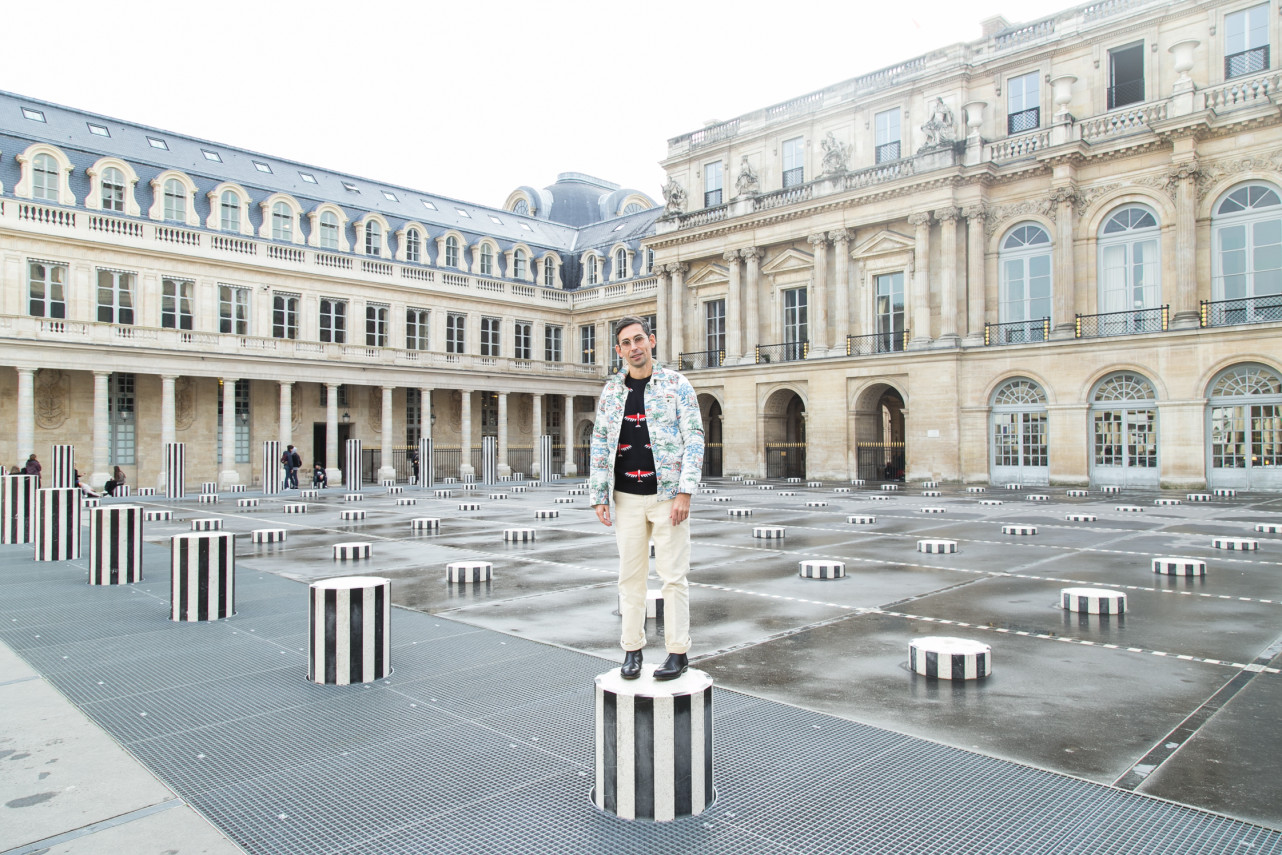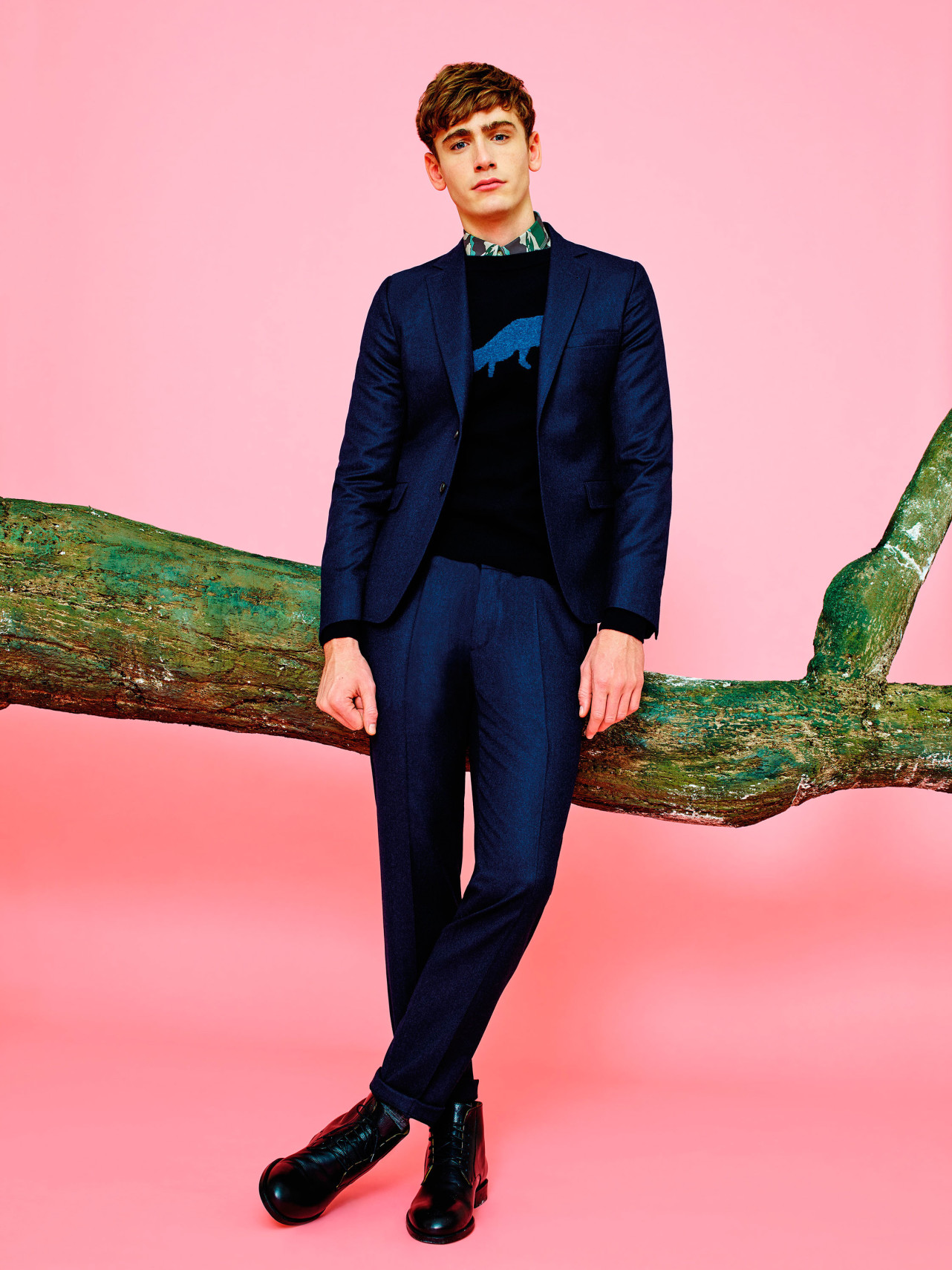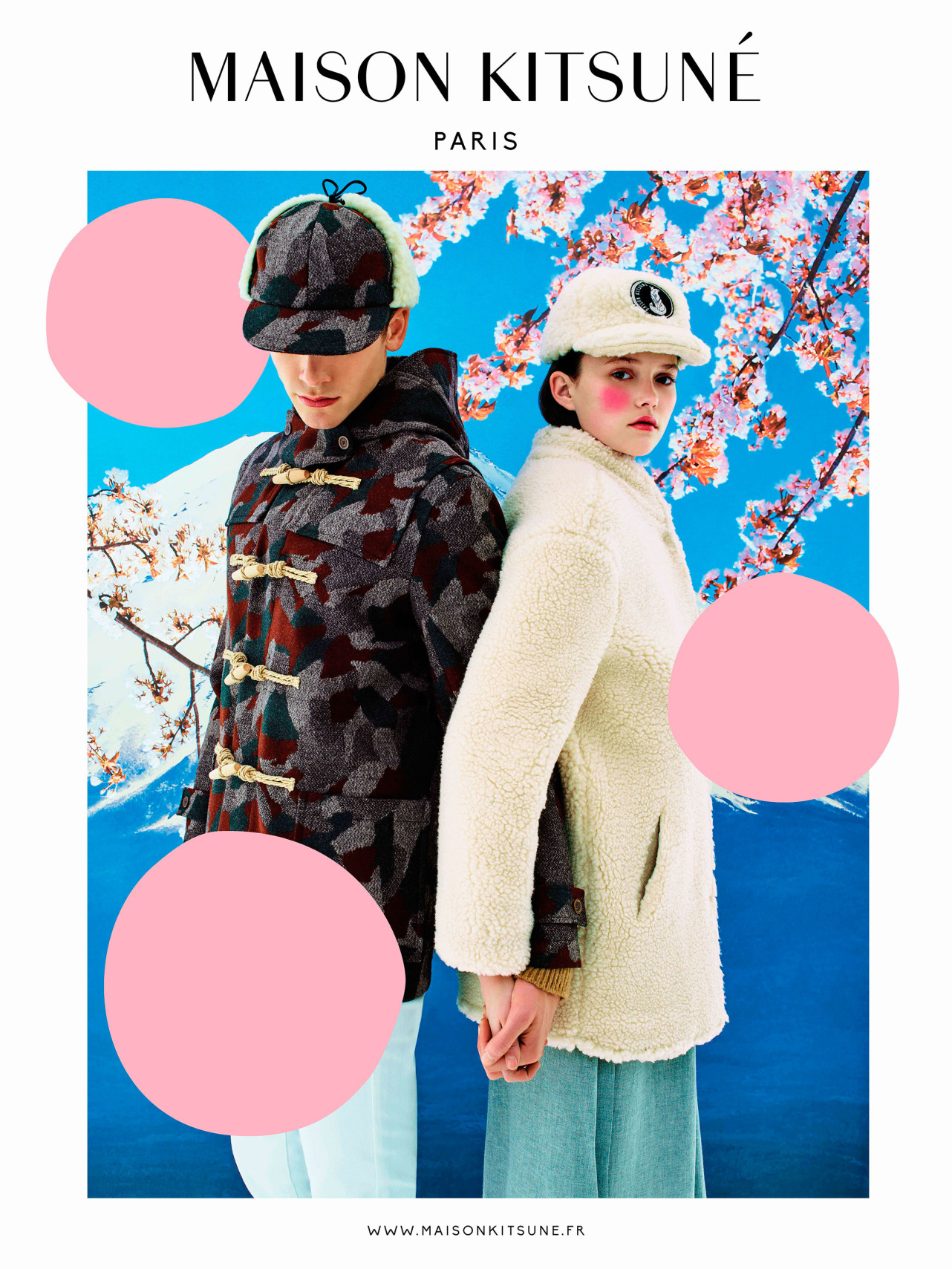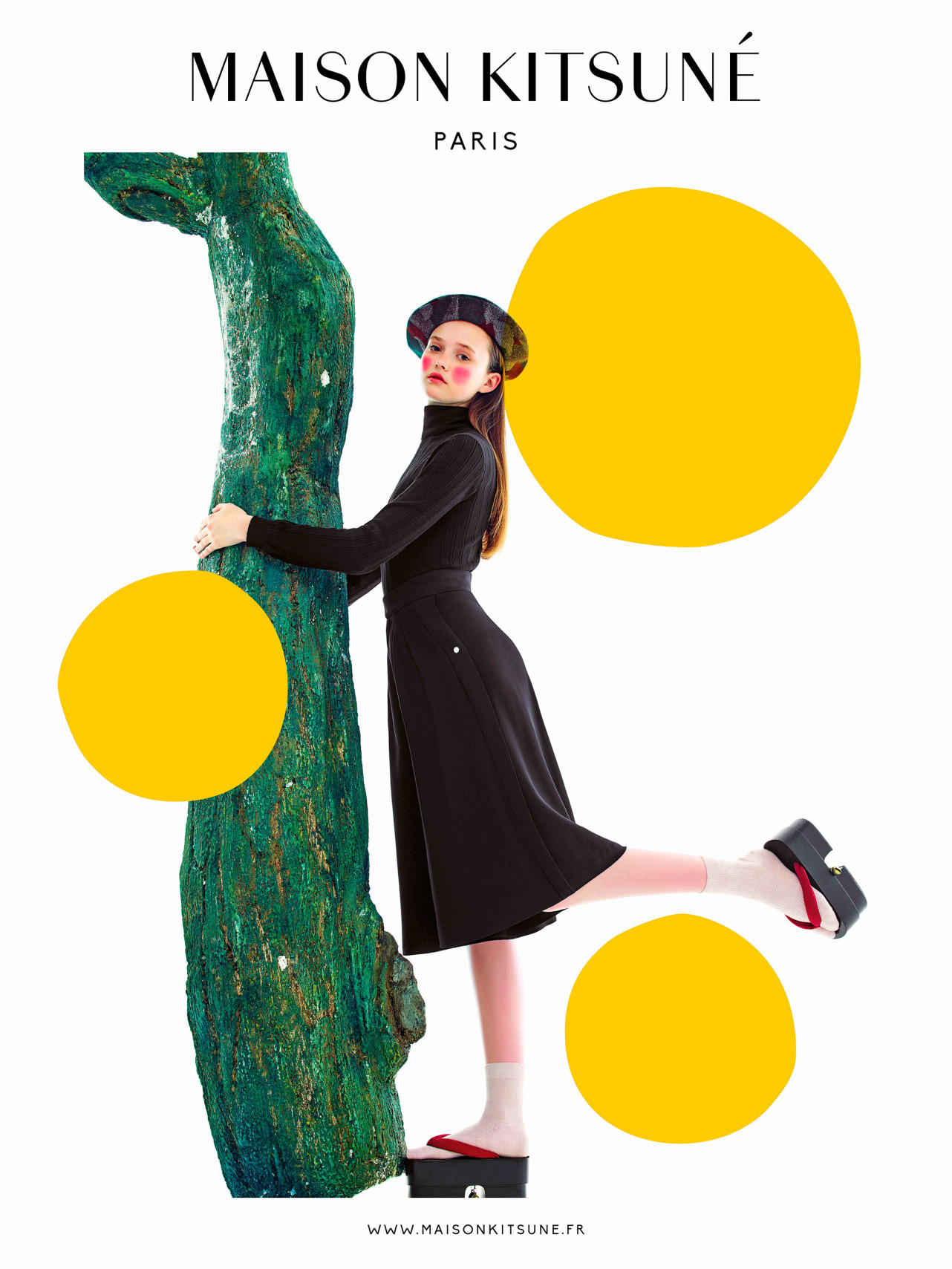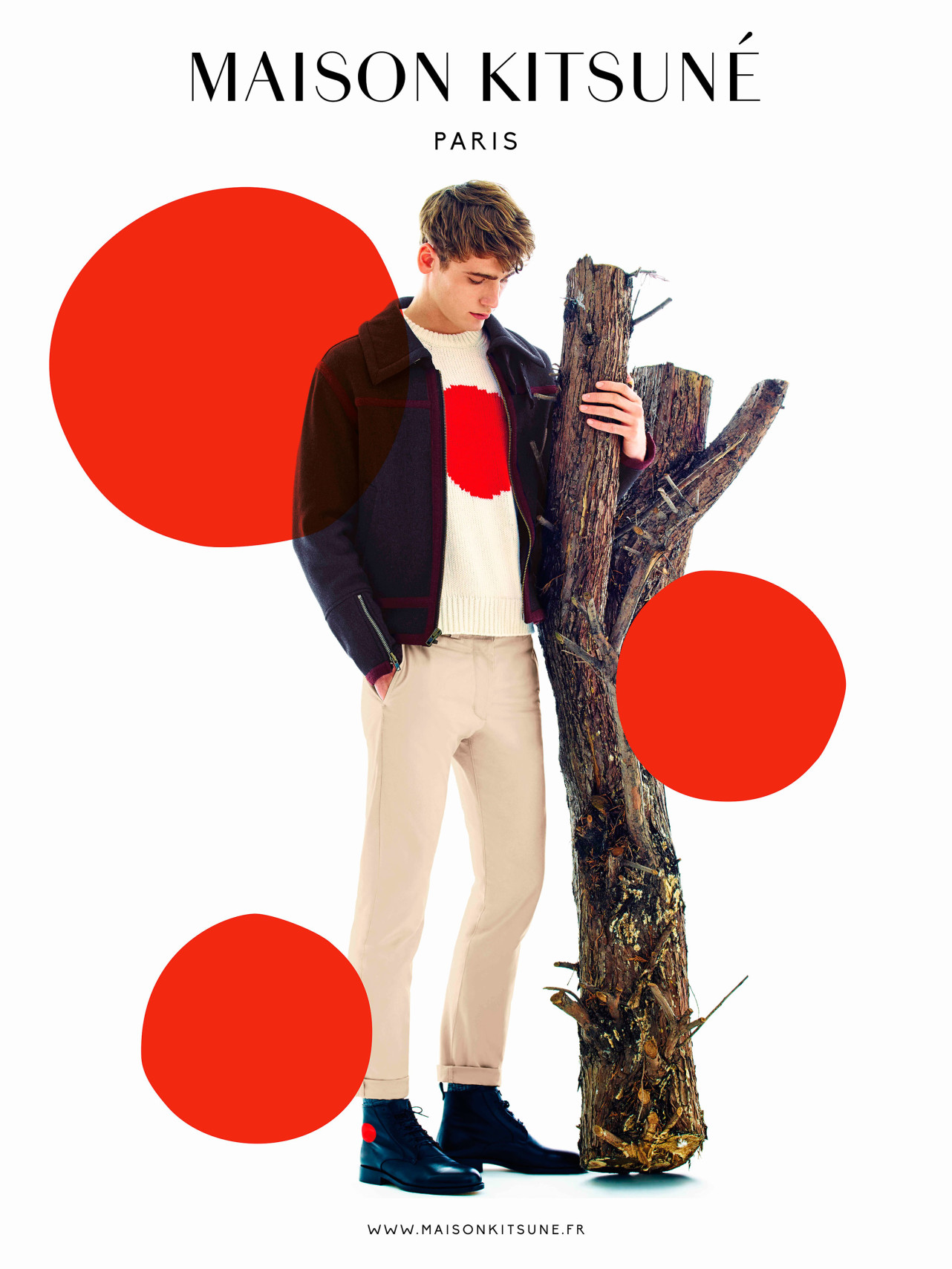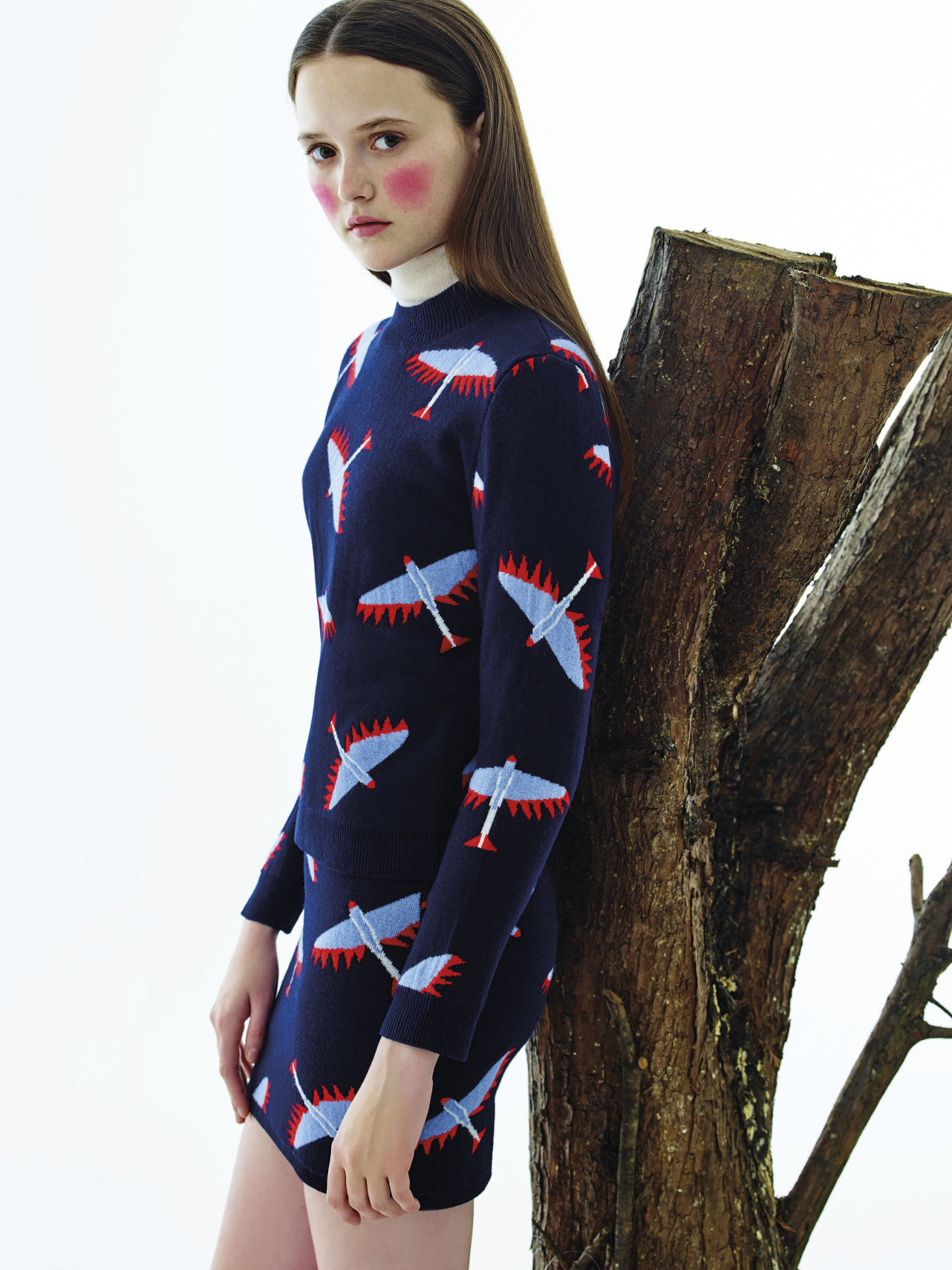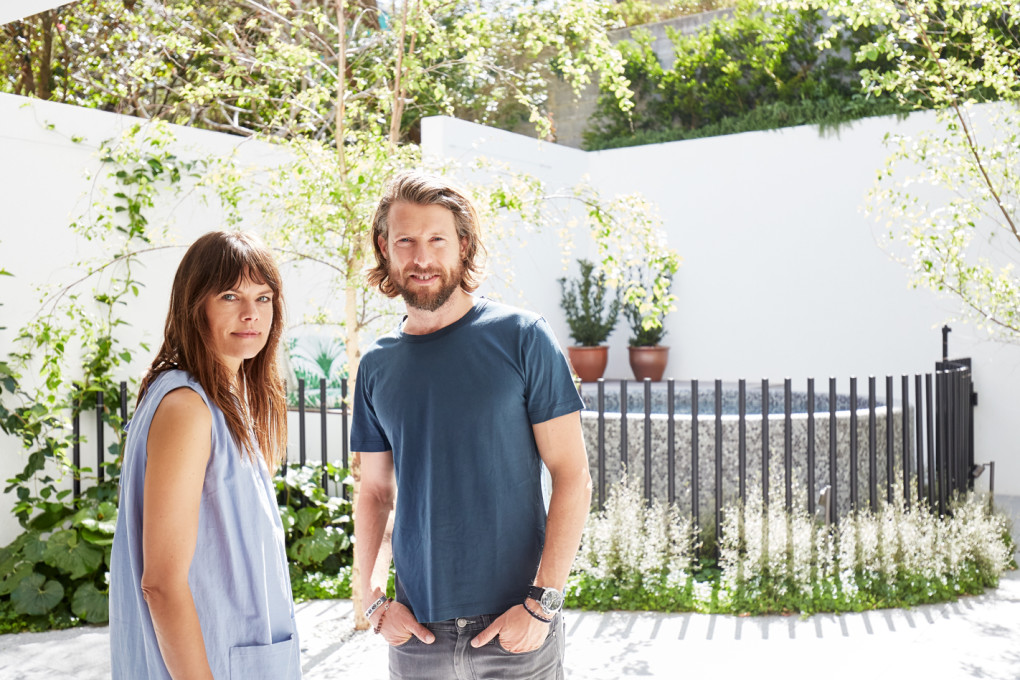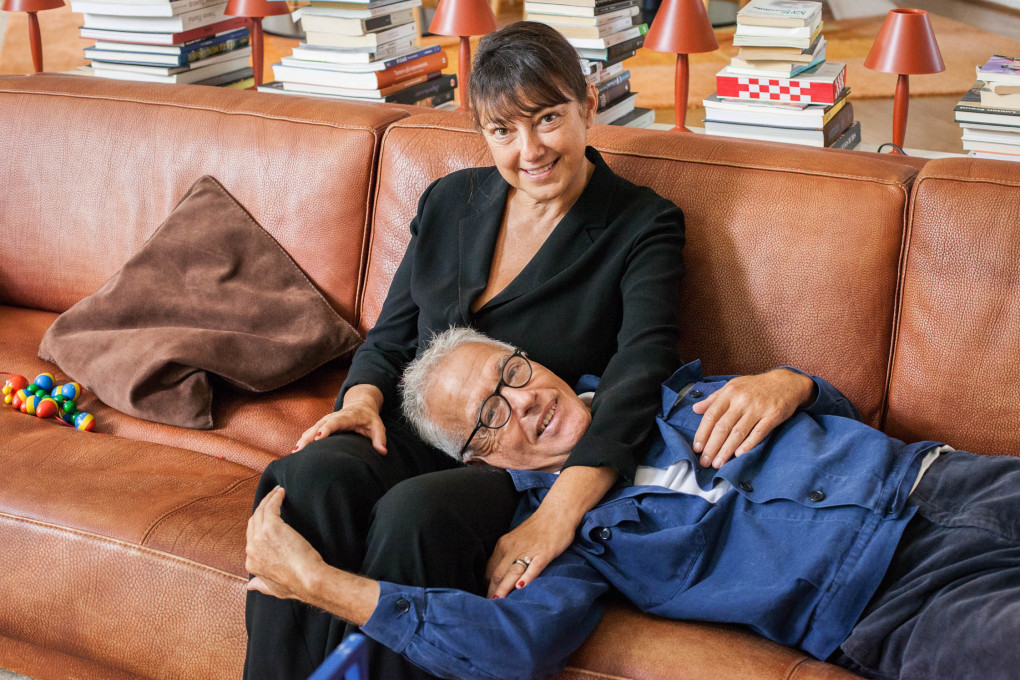Gildas Loaec
Co-founder of Maison Kitsuné
12. December 2016
Paris
Gildas Loaec is the epitome of the modern self-made man: an autodidact who started going to rave parties and printing fan zines in high school, he was the manager and creative director for internationally acclaimed band Daft Punk, before going on to co-found the cult music and fashion label that has now branched out into high-end coffee: Maison Kitsuné. If you ask Gildas though, most of this can be chalked up to good luck and meeting the right people at the right time. Started in 2002, the brand currently sports more than 300 sales points worldwide and nine boutiques in New York, Paris, Hong Kong and Tokyo. Maison Kitsuné stands out with its steady yet impressive growth—not only with its vibrant ready-to-wear collections but also by producing music under their own label—which is not an easy feat. Gildas seeks out young musicians like the Australian band Parcels, collaborates with street artists like André and consistently builds a strong narrative for his brand—one that continues to compel and evoke emotion to their growing audience. We meet Gildas at his modest office, tucked away in a quiet side street off of the Grands Boulevards in Paris. Here, in conversation, the 43-year-old creative tells us how the classic French look stays relevant and why creating empathy in products is so important.


Gildas wears a sweater from his F/W16 collection “Love Rises” inspired by Hayao Miyazaki's film The Wind Rises

Opened in 2013, Cafe Kitsuné is an extension of the fashion and music label and now has two outlets in Paris and one in Tokyo







How do you make sure that Maison Kitsuné stays relevant?
That’s my obsession. It’s essential for our survival. And it’s through the music, I think.
We need to be constantly regenerating so that we don’t age alongside our core base: the people who discovered our brand early on. I’m obsessed with going out and looking for new artists and musicians, to look for new sounds and new trends in the clothing line too, which is actually quite classic.
It’s the classic French look.
Right, although we like to call it the Parisian look. The lion’s share of our client base is in Asia, and they’re very young and much more into streetwear so we also have things that are more visibly branded, more bold. It’s like a recipe; it gets better every day. There are no rules. Well, there are rules, but you want to modify them.
How do you find new talents?
You have to stay curious and watch what’s going on around you. Sometimes in the streets, but also now with this magical thing called Instagram: you just need to be in the right place and all the information you need is available. Your feed is tailored to your interests. I’ve always been interested in what young people like, without necessarily being obsessed with “youth culture.”
Is Paris a good place for that?
There are plenty of designers and artists here. But Paris needs to work on not resting on its laurels too much. It’s complicated for creative industries because of large companies that monopolize the market. And in France, we’re lacking a certain openness from the media. If they were to report more on smaller labels, then it would change the perception people have of France abroad. It’s not just the classics that are important—they’re important too, but not only. From outside, Paris might look a little old school because of that. But it’s not.
How did Maison Kitsuné start? How did you meet your co-founder, Masaya Kuroki?
When I was 19, I opened a little record store for DJs in Paris, and there was a skate shop across the street—Masaya would hang out there. That’s how we met. It was only later, when I was working with a band called Daft Punk, and we were traveling to Japan to produce an anime, that I thought of Masaya again. He’s Japanese and speaks fluent French and so I asked him to come along with us. It was great to have someone to help us and we looked at all the stores in Japan. We went to every single one of them. We just wanted to look at what they were doing, in terms of fashion and design. And that’s when we found that there was a lot of opportunities to explore.

“Style is something that speaks to you, that creates a strong emotion and a connection with others. In Maison Kitsuné’s case, it’s about our attention to detail.”






How do you complement each other in your work? What is Masaya’s role?
I often ask myself that [he laughs]. No, but really, Masaya is now based in Japan, and he heads up our Japanese branch as well as other areas that important to us, like Taiwan and Korea. He’s more of an ambassador for our brand and commercial development. And I deal with the teams and the studios. We used to be just the two of us, but now we have plenty of highly-qualified people, more competent than we are. I like finding people who are able to execute my ideas far better than I can.
That’s very modest.
It’s what you might call an “artistic director.” No, but really, we’re also entrepreneurs. That’s what really ties us together, Masaya and me. We’re busy developing a company with a strong economic angle. Things like turnover and profit are still part of the equation.
You were also Daft Punk’s artistic director for some time. What did you learn from that?
It’s the fact that style is a real thing and it has a role to play in creative endeavors. If you have an idea and execute it, that’s still only half the work. Then you have to imagine how people are going to access it, or how you will move people with whatever it is that you have made. What is the story that you are going to put around it so that it touches people, so that they discover it and want to talk about it later with their friends? It works for a song, but it also works for everything. A lot of artists do their thing and it’s great but no-one’s interested. They can’t just wait around to be discovered.
What do you really mean by that word: “style”?
It’s highly subjective. But style is something that speaks to you, that creates a strong emotion and a connection with others. In Maison Kitsuné’s case, it’s about our attention to detail. Through style, people can recognize each other and know they have the same taste.
And have you found your own style?
No, and that’s exactly why it’s so much fun and why I’m interested generally in the music label and the fashion brand: I want to experiment and evolve. It’s important to stay connected with the times.


Maison Kitsuné’s headquarters are tucked away in a quiet side street off of the Grands Boulevards




Gildas Loaëc, DJ’ing at AgeHa (Tokyo – Japan) during a Kitsuné Club Night last August 2015
Maison Kitsuné is known for its vibrancy in both the ready-to-wear and the music. Is this also reflected through interior design?
We’re doing our best to offer products of high quality by paying a keen attention to fabrics, finishes and details. We’re very passionate about working on a new theme each season, a story to tell through our collections and on the visual imagery of each of them. At Maison Kitsuné, creativity, curiosity and quality are key words. And it’s the same on the music side: we’re looking for the song that will last, that will create emotion, to tell a story in the long run. This is of course also reflected through interior design. Outstanding furniture designs combine inventiveness, function and high quality. USM is remarkable for that—combined with the strength and durability of their furniture, USM designs are, for me, timeless classics.
How do you go about choosing your furniture?
I’m trying to have the right mix between vintage classics and the sleek contemporary, yet timeless, furniture that USM is offering. I guess I’m decorating a room like I would dress myself, mixing different kinds of pieces together!
What about the USM pieces that you have. Is that part of your style?
There’s an ingenious quality to it that I find interesting. The furniture has a story to tell, at least for the people who know the brand. It has a certain caché. That’s also what interests me for Maison Kitsuné: we’d like to be able to generate the same kind of empathy that USM is able to. That’s something we’re very tuned in to: how to create an experience that is rich enough for people to then want to tell their friends about it?
You mentioned creating empathy in products, how does this play a part in Maison Kitsuné and what do you aim to achieve for your audience?
I think that this is precisely the research for quality, creativity and the idea to take the time needed to think about the best ways to tell a story about a product—this creates empathy and a long-term relationship with our customers, our communities. We do believe in the word of mouth for both our clothing line and the music label. What’s better than a good friend recommending you to listen to that band, that song or to have a look at that brand’s clothing?
What’s the proudest moment of your career?
When we opened a store in New York, because even in our wildest dreams, we hadn’t imagined that we’d have a store there. And then, we opened a shop in Japan where we built the entire building. That too, we never could have imagined when we first began. But really, it’s in the small satisfactions in the studio and getting better at what we do.
Thank you to Gildas Loaec for sharing his morning with us. Visit Maison Kitsuné to find out more about his brand.
This portrait was produced by the international interview magazine Freunde von Freunden. Find more USM furniture for your home and workspace here.
